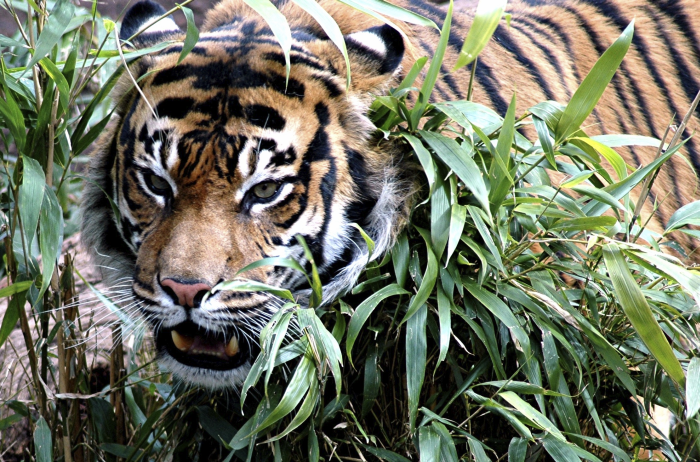
During spring and summer, the Yellowstone loons breed and raise chicks in the park but they winter somewhere else. NARRATOR: Like a lot of birds, loons are migratory. We don’t know where this population winters yet.” JEN: “How important is it that you get It?” The team was trying to recapture the female from that territory They had banded her last year. NARRATOR: We hiked to Yellowstone’s Wolf Lake. NARRATOR: And the best part is that the BRI folks were totally upbeat about it all. NARRATOR: …and even a couple of creek crossings. And there were hills – I mean, so many hills – and bugs… NARRATOR: And they hiked all that stuff into the backcountry for like 3 or 4 miles. NARRATOR: Oh, and they were carrying a canoe. NARRATOR: And they had nets and all this sampling equipment If you’ve ever swapped out the battery in your car, you know how heavy those things are! NARRATOR: These guys were packing in a car battery-they use that to run the spotlight. NARRATOR: I went out on a night capture attempt with Vincent and his team here in Yellowstone.Īnd as I was about to learn, it’s not just the loons that are tough. And if all goes well, the scientists have caught their loon. Loon parents are super protective so they approach to find out what’s going on. Researchers use a spotlight to shine a beam of light on the water that they can kind of hide behind. NARRATOR: Dave Evers’ nighttime technique works because it lets the loons approach the researchers instead of the other way around. If we tried to chase the loons anyways, we’d never catch them. NARRATOR: And the trick was to go after breeding pairs at night.ĭAVE: The night capture is a method that really works with the birds.

JEFF: And a few years later this ignorant grad student, by the name of Dave Evers, developed a way to capture and band loons. NARRATOR: Jeff Fair has been on the leading edge of loon science for more than 40 years and he’s worked with Dave Evers since the beginning. JEFF: 35 yrs ago…all of the working loon biologists in North America that I knew-and there weren’t many then-KNEW KNEW that you couldn’t capture a loon and band it. Biologists basically surrendered to the idea that they’d be outmaneuvered by the birds. NARRATOR: In fact, getting a loon in hand is so tricky that in the early days of loon research just the thought of a reliable capture technique was pretty inconceivable. VINCENT: They are powerful, powerful birds…And yeah, when we get them in hand we feel that as we get beat up pretty good. Scientists are investigating what might be happening with the Yellowstone loons and capture and banding is one way they’re gathering those data. NARRATOR: If you want to keep a population from blinking out, if you want to preserve it, first you have to understand what’s going on with it.

VINCENT: We don’t believe that there’s any immigration or emigration with this population…and that can be an issue when you have a small population with no chance of rescue from the rest of the species range.ĭAVE: And it could blink out…and it blinks out, we know it’s not going to be recolonized for a long, long time. VINCENT: And so, these are the only loons here and they’re basically on an island… This is Vincent Spagnuolo again, along with Dave Evers, the founder and executive director of BRI. And they’re really isolated: The closest other loons are over 200 miles away. There are only about a dozen breeding pairs left in the park. NARRATOR: But in spite of their top-predator status, Yellowstone’s loons are in trouble. VINCENT: They are top predators and they own that lake. He heads up BRI’s common loon project in Yellowstone National Park. NARRATOR: Vincent is a loon biologist with BRI, the Biodiversity Research Institute. VINCENT: They’re basically the wolves of the aquatic ecosystem here. NARRATOR: Well, Vincent Spagnuolo has another idea. NARRATOR: When I say ‘top predator of Yellowstone,’ what’s the first thing that pops into your mind? Host Intro: For Yellowstone National Park and the Acoustic Atlas at Montana State University, this is Telemetry.


 0 kommentar(er)
0 kommentar(er)
